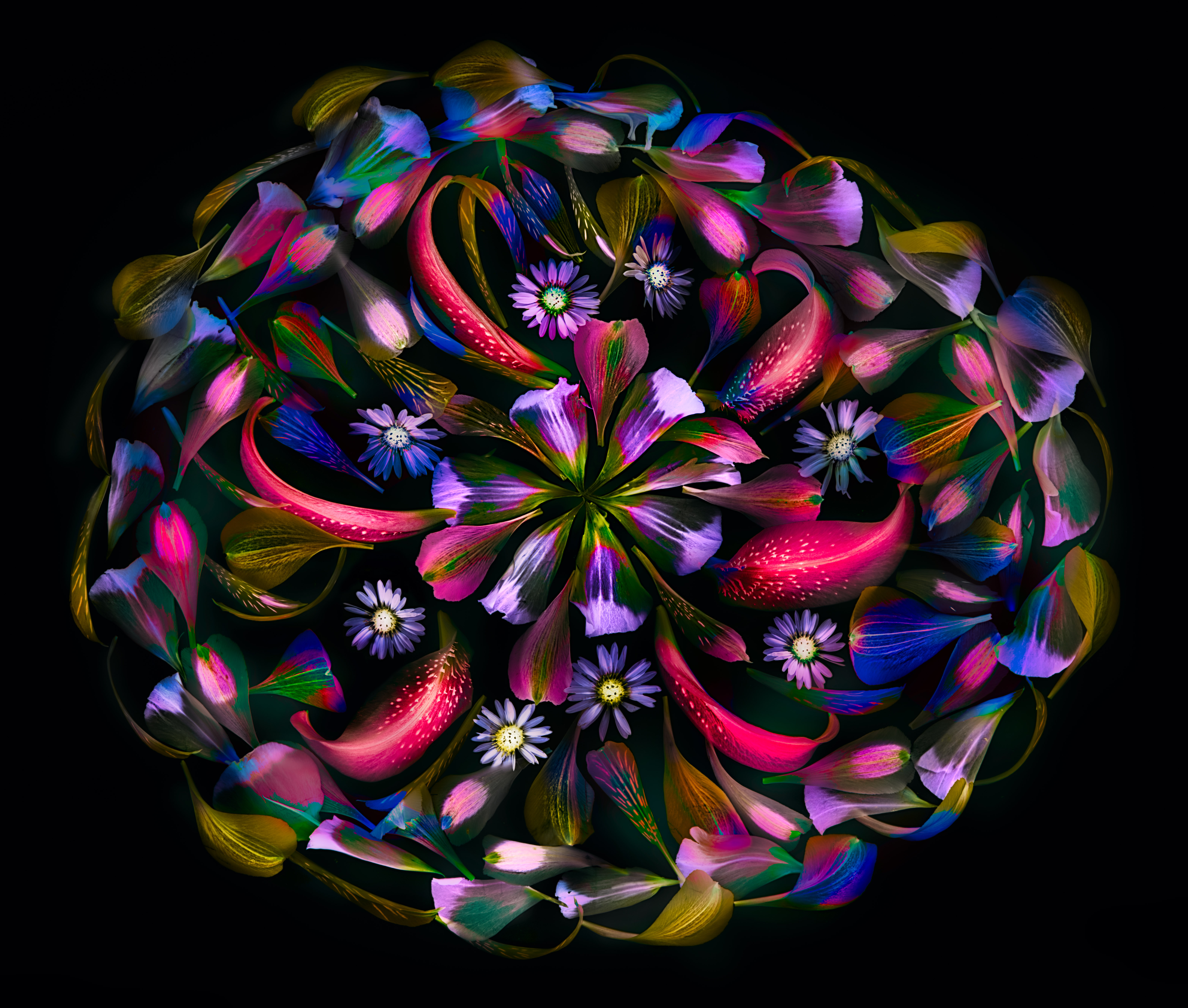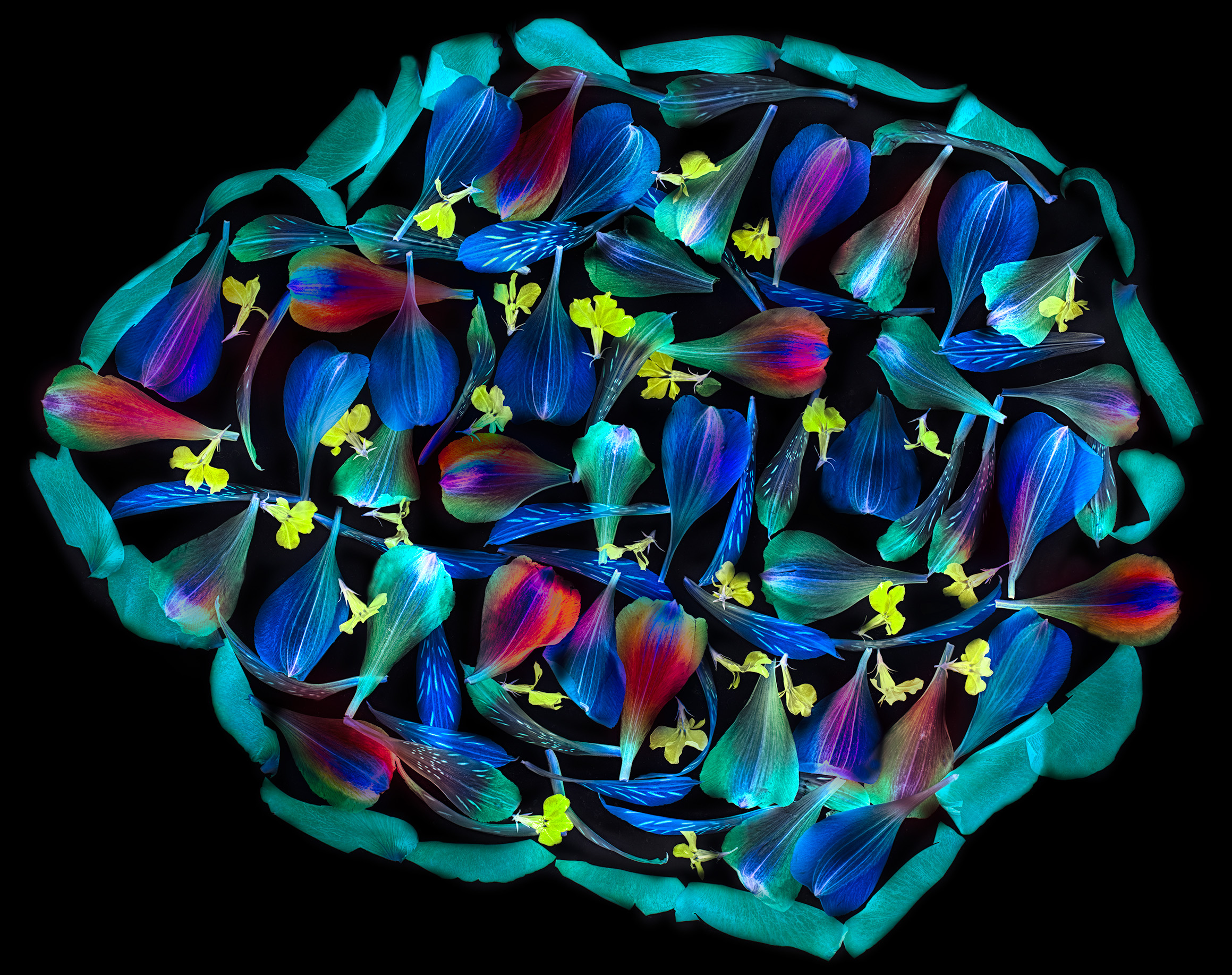
In a recent article on art and beauty, I wrote:
I would rather think of myself as an inventor more than a discoverer of beauty. My hope is to use the echoes of beauty to reinforce the spiritual, and to create a sense of order that is not too orderly in all the romantic and ecstatic chaos of the universe.
This is the best role of the artist whatever toolset is used: to construct from the smallest and most eternal blocks and bits and pieces, and build up something bold and (dare we say it) beautiful from the nothing that always sits ready to engulf us.
If we can take and make beauty in this way with our art, then we’ve added to the sum of good that is in the universe, created beauty, and elevated the sense of the spiritual. This is the highest calling of the artist, and there is not much one can add to it except to do so without fear or favoritism, and to avoid pulling one’s punches because of the all-too-human desire to be loved.
I am not knocking photos that say “This is a waterfall.” There are exquisite images of waterfalls and other subjects that are representations by some excellent artists, and I often attempt this kind of imagery myself, where some of the emotional appeal comes from the viewer’s belief—or suspension of disbelief—that they are looking at something natural.
But the key word in the preceding paragraph is “representations”—as a two dimensional construct, a photo cannot actually be the three-dimensional waterfall. Most of the time, there is much more monkeying around with the pixels of reality than even this reductio ad absurdum argument implies.
The gist of my argument is that everything is a construction. So why not think expansively and expressively? Art, and digital photography in particular, is a big tent that reaches from apparently representational images of nature to constructs made from a variety of materials, including those supplied by nature, and includes myriad other genres as well.

In the spirit of constructing art using natural materials as the building blocks for the construct, the two images shown with this story are constructs made from flower petals, photographed on a light box on a white background, and converted to a black background using LAB color techniques and Photoshop blending modes.
To follow the path from petals on a white light to a colorful construction on black, check out It Starts with a Petal and Ends with a Twist of Fate!
Liz Cowburn
10 Nov 2017This is great Harold! I enjoyed this further elaboration/discussion.When the pingback came through I was actually working on a new menu relating to the Where and What is Beauty? series and was beginning to type in a link for your guest post!
I’m creating a menu for my Series posts – Where and What is Beauty? and also the Colour posts. This would go on my top main menu. May I use “Ancient Music of the Stars” again as a header for the “Where and What is Beauty” section.
(I’m making the menu to enable visitors to easily find the older series posts. I’ve been notified by WordPress that they’re going to include my Blog in “Discover” and it seems I am to expect more traffic once they do this! We’ll see … but I’m hurrying along with improvements such as this.)
Please let me know that you’re ok with this. Best wishes, Liz 🙂
Holger Mischke
11 Nov 2017I think I see your point there, Harold and as I was thinking today about how what I am doing is representing reality and all I really do is interpreting and give elements in the image my personal emphasis, I find it very inspirational to read this. Looking back on the little I know about the history of art I guess it is a natural progression of creativity that at some point representation and interpretation is just not enough and that one might move on to not only create the representation, but also the subject. It is somewhat like learning a language. Once you are done with the phrases and you are down to single words and now the nuances and subtleties of the language, you can express and create in a way that you couldn’t possibly imagine when all you could say was “Where is the post office?”.
Pingback: Harold Davis | Constructing an image from the materials of nature – Exploring Colour
Pingback: Harold Davis—My Best of 2017